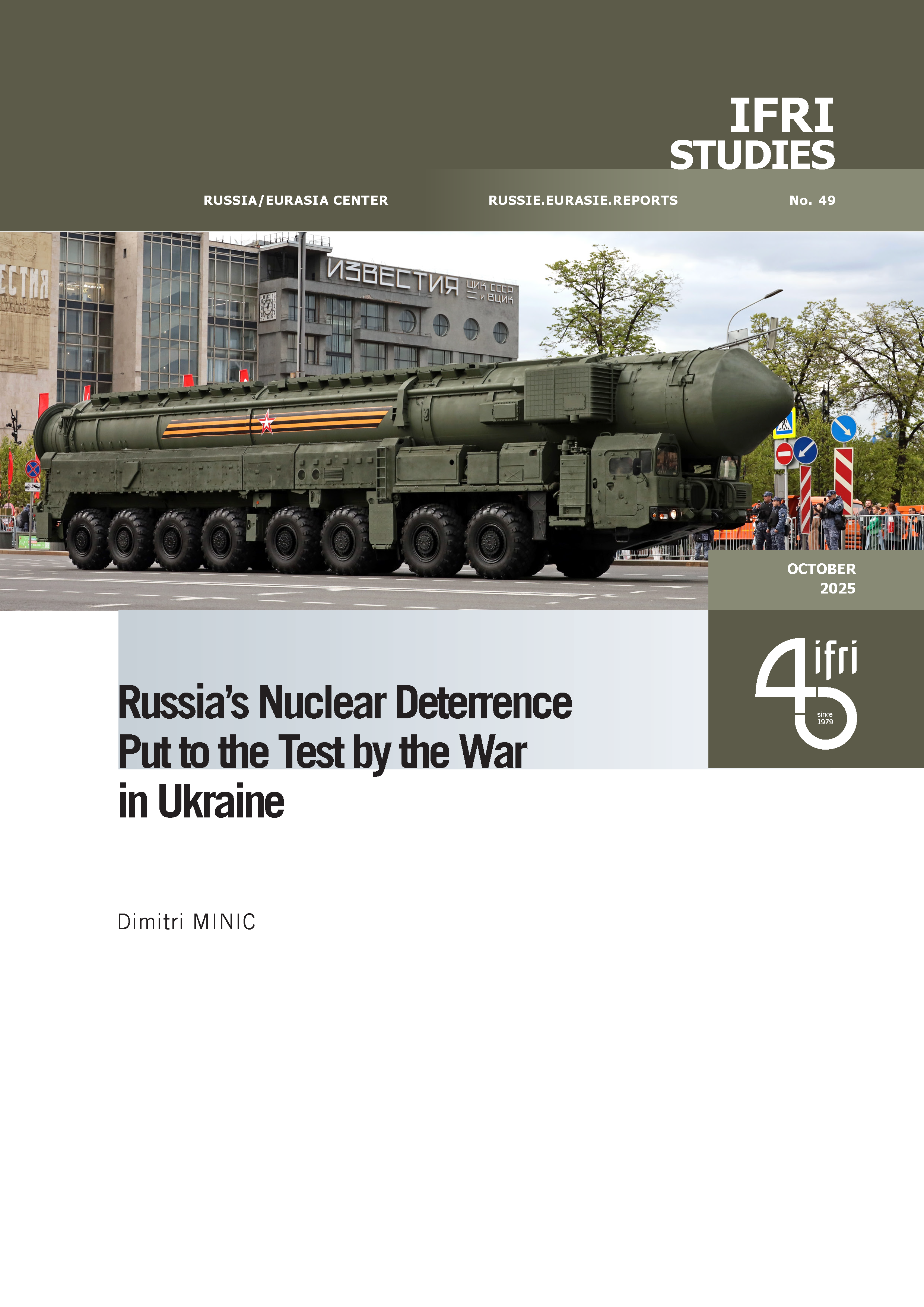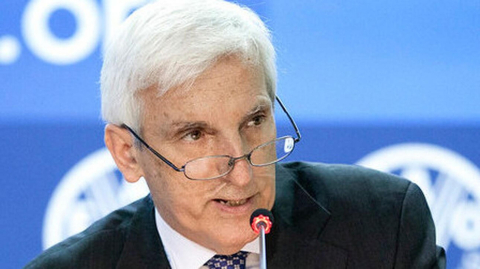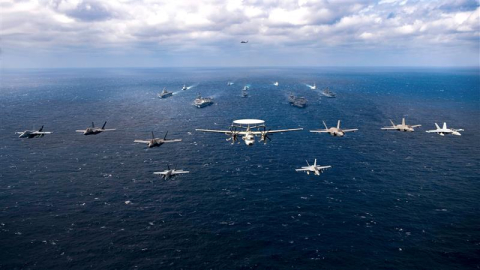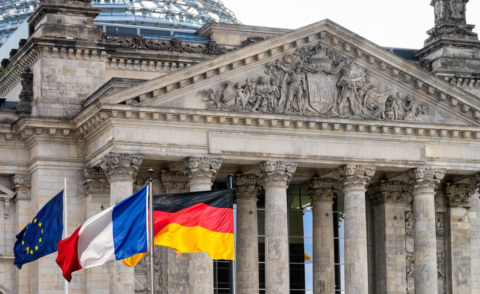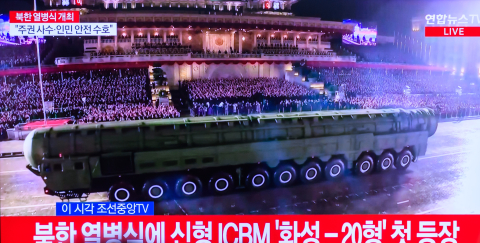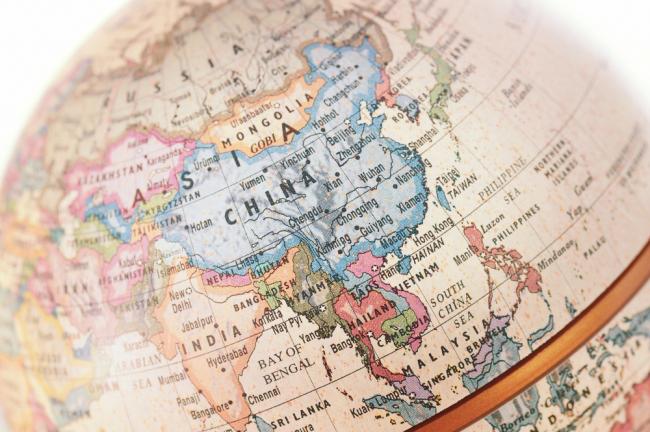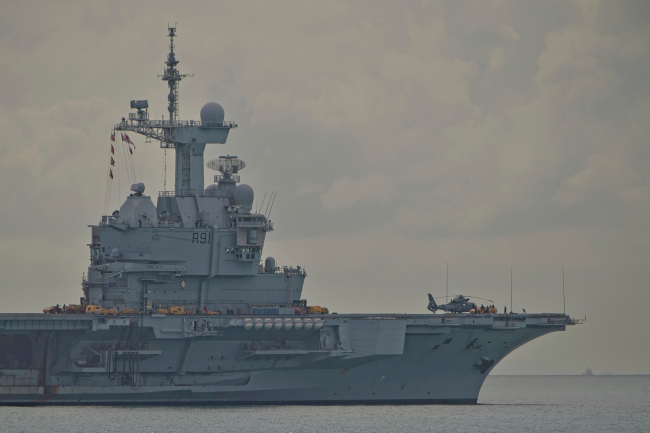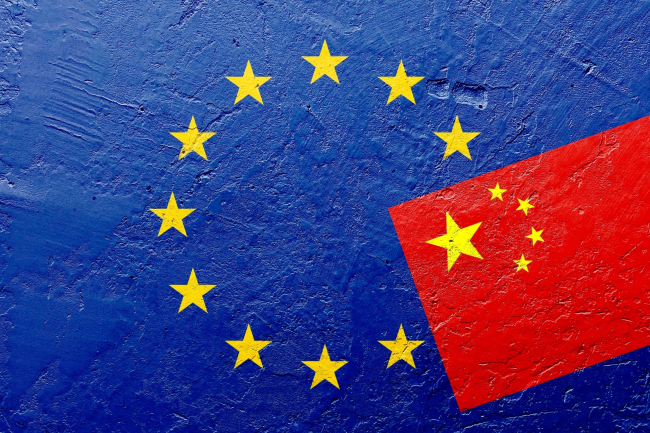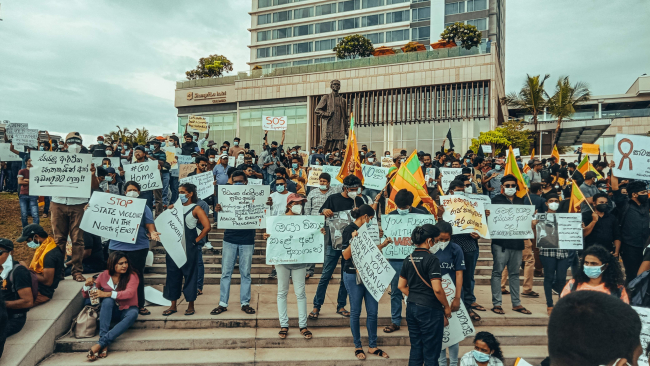Diplomacy as Diaspora Management: The Case of India and the Gulf States

In today’s world, diaspora management and diplomacy have become increasingly enmeshed, reflecting the growing interconnections between domestic and international issues.
About eight million Indian workers are present in the Gulf Cooperation Council (GCC) states, and send about $35 million worth of remittances per year to India. 80% of these Indian workers in the Gulf are low-skilled and semi-skilled temporary workers, and many suffer from exploitation and abuse that derive from the Gulf kafala or sponsorship system. Because of their size and complexity, these migration flows of Indian citizens to the Gulf countries have an impact on the diplomacy New Delhi conducts in the region.
Since the beginning of the twenty-first century, the issue of the Indian diaspora has been raised on India’s diplomatic agenda. A Ministry of Overseas Indian Affairs (MOIA) was created in 2004 and then merged with the Ministry of External Affairs in 2015, with the aim of engaging and connecting with the Indian diaspora abroad. Elected in 2014, Narendra Modi has put even more emphasis on the need to tap into the migrants’ potential role in promoting India’s interests abroad, and to encourage inward investments from wealthy Non-Resident Indians living in the West.
Nevertheless, the government has largely failed to ensure the protection of the most vulnerable migrants, many of whom are located in the Gulf. This can be explained to a large extent by the deficiencies of India’s legal protection system that dates back to the 1983 Emigration Act. The initial objective of this Act was to systematize and regulate emigration of unskilled and low-skilled Indian workers for contractual overseas employment, and to avoid their exploitation. However, the Indian government has failed to regulate and monitor the practices of private recruiting agencies, and this institutional framework has been inadequate to fight against corruption and exploitation of labor.
Yet, because of regional instability in the Middle East and heightened domestic pressures, Indian diplomats are increasingly considered as responsible for the security and safety of their citizens abroad, and their capacity to develop appropriate responses has become a legitimacy test for the Ministry of External Affairs (MEA). In this context, the Indian government has recently developed ad hoc policies that put the emphasis on protecting workers and implementing welfare initiatives abroad. In the Gulf region, new mechanisms aimed at improving the protection of migrants were put in place by the MOIA, in coordination with the MEA and Indian missions abroad. Indian embassies and consulates in the Gulf region have recently been modernized, with the creation of new consular and social services delivered to the Indian diaspora.
But the limited budget and human resources of the MEA have strongly constrained India’s ability to adapt to the new requirements of migration management, and the Indian diplomatic and consular missions in the Gulf are not able to provide adequate services to their nationals. Added to this resource issue is the important fact that India’s diplomacy in the Gulf rests on a paradox: although diplomats have made increasing efforts to promote Indian migrants’ rights, their political priority is directed towards maintaining emigration flows. Indeed, remittances sent by the Indian workers in the Gulf play a vital role in the economic development of several Indian states. This strongly impedes diplomatic risk-taking during negotiations with the Gulf States on labor rights, as Indian diplomats are afraid that too much activism could lead to a temporary ban on Indian workers. Today, there is no concrete evidence to show that bilateral agreements signed between India and Gulf countries have improved the protection of low-skilled Indian workers, and India’s diplomacy has also been very limited at the multilateral level.
Finally, the rise of diaspora management on India’s diplomatic agenda has forced the MEA to strengthen its performance by enlisting the help of non-state actors. In the Gulf, Indian diplomats rely heavily on the financial and material support provided by local Indian associations, which gather highly skilled workers and businessmen who are involved in charity works. This creates a favorable context for the politicization of a few Indian diplomats and the development of collusive transactions in the region, while constraining the conduct of other diplomatic activities.
Download the full analysis
This page contains only a summary of our work. If you would like to have access to all the information from our research on the subject, you can download the full version in PDF format.
Diplomacy as Diaspora Management: The Case of India and the Gulf States
Related centers and programs
Discover our other research centers and programsFind out more
Discover all our analysesChina's key role in critical mineral value chains
China today holds a dominant position in critical mineral value chains, from extraction to processing and downstream technologies. Built on decades of industrial policy, this supremacy gives Beijing significant leverage over global supply security, particularly for the European Union.
Expanding SPDMM as a pivotal institution in the Pacific – A French perspective
The South Pacific Defence Ministers’ Meeting (SPDMM) is the only forum that brings together defense ministers from the wider South Pacific — including Chile, which is hosting it for the first time. This heterogeneous group of countries with varying resources, capacities, and interests — Australia, Chile, Fiji, France, New Zealand, Papua New Guinea (PNG), and Tonga — are united by their shared determination to strengthen cooperation on maritime security and humanitarian assistance and disaster relief (HADR) activities.
EU’s Derisking From China: A Daunting Task
With economic security as a major concern, the EU has recently turned to “derisking” from China. The EU strategy entails reducing critical dependencies and vulnerabilities, including in EU supply chains, and diversifying where necessary, while recognizing the importance and need to maintain open channels of communication.
Sri Lanka’s NPP Government. From System Change to Structural Compliance
In September 2024, a relative outsider to Sri Lanka’s two-party-dominated political system, Anura Kumara Dissanayake, won the presidential elections. The anti-establishment, populist movement he represented, the National People’s Power (NPP), went on to receive an overwhelming mandate in the November 2024 general elections, winning 159 seats in a 225-member parliament.



